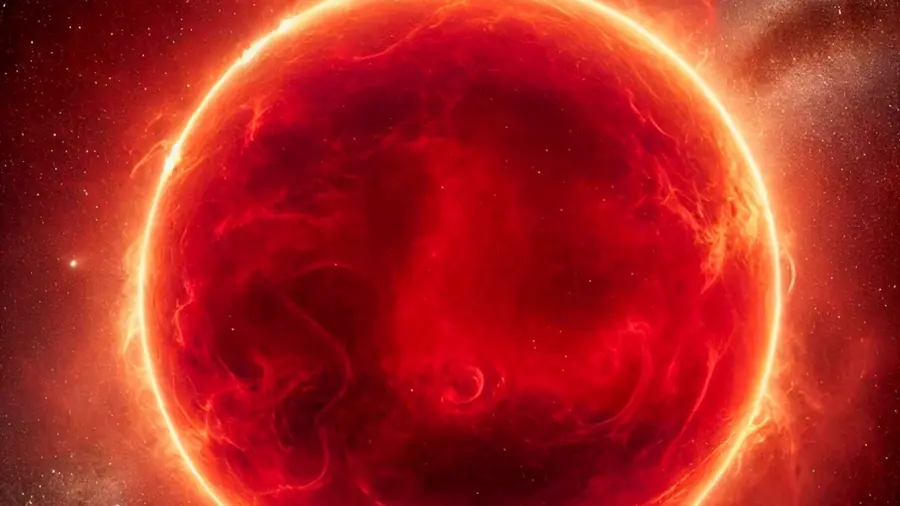Listening to the Stars: How Starquakes Reveal the Secrets of the Milky Way


Web desk
Published on Apr 03, 2025, 06:00 PM | 4 min read
Canberra: Stars in our galaxy do more than shine—they sing. A new study has revealed that rhythmic oscillations within stars, known as "starquakes," hold valuable clues about stellar evolution and the history of the Milky Way.
An international team of researchers, including scientists from The Australian National University (ANU) and UNSW Sydney, found that some stars exhibit continuous fluctuations in brightness. These variations, caused by turbulent gas movements within the star, can be translated into frequencies. By analyzing these frequencies, scientists can determine a star’s age, mass, and internal structure, offering unprecedented insight into the life cycles of stars. The study, published in Nature, represents a major step forward in stellar astrophysics.
Study lead author Dr. Claudia Reyes from ANU likened stars to musical instruments, each playing a distinct melody.
"Starquakes occur in certain stars, leading to a continuous cycle of brightening and dimming," Dr. Reyes explained. "By carefully observing these tiny fluctuations in brightness, we can listen to a star's musical rhythm. These fluctuations are like musical notes, similar to the vibrations of a string or the hum of a drum, that can be translated into frequencies. Each frequency tells us more about the star's size, chemical composition, and internal structure."
At the core of these celestial symphonies lies a crucial region where nuclear reactions generate immense energy, sustaining the star and producing elements that are eventually released into the universe. As a star evolves—transitioning into a subgiant or red giant—this nuclear "furnace" expands or contracts, leading to shifts in the frequencies it emits. Understanding these frequency changes provides scientists with a way to map the evolution of stars and, by extension, reconstruct the history of the Milky Way.
To investigate this phenomenon, the researchers focused on a region of our galaxy known as the "open cluster M67." This cluster is particularly significant because its stars were born from the same molecular cloud at the same time, meaning they share identical ages and chemical compositions. These "stellar siblings" provide a rare opportunity to study how stars evolve under controlled conditions. Additionally, many stars in M67 resemble stars in our own solar neighborhood, including the Sun, making them ideal for comparative studies.
"We studied frequencies emitted by stars in this cluster as they evolved into subgiants and red giants—something that had never been fully explored before," Dr. Reyes said.
What the researchers discovered was unexpected. As stars in M67 evolved, they found that the frequencies they emitted temporarily halted at a specific stage before continuing their progression. Dr. Reyes describes this as a "plateau" effect—where a star’s frequency pattern gets momentarily stuck, like a broken record repeating itself.
"Stars have multiple layers, similar to an onion. We discovered that the plateau occurs due to events in a specific layer of the star and at specific frequencies that are influenced by a star's mass and metallicity," Dr. Reyes said.
This discovery is groundbreaking because it allows scientists to predict when and at what frequency this plateau will occur, enabling them to determine the precise age of stars currently in this phase. Previously, estimating stellar ages with such accuracy was challenging, but this new technique provides a powerful tool for refining models of stellar evolution.
"This research helps us better understand how stars evolve and provides a new tool to estimate their age, which is crucial for studying the evolution of our galaxy," Dr. Reyes added.
The study was conducted by scientists from ANU, UNSW Sydney, the University of Sydney, Yale University, the University of Hawaii, and the Massachusetts Institute of Technology. Their findings mark a significant step forward in understanding the life cycles of stars and offer a new way to piece together the cosmic history of our galaxy—one stellar vibration at a time.










0 comments